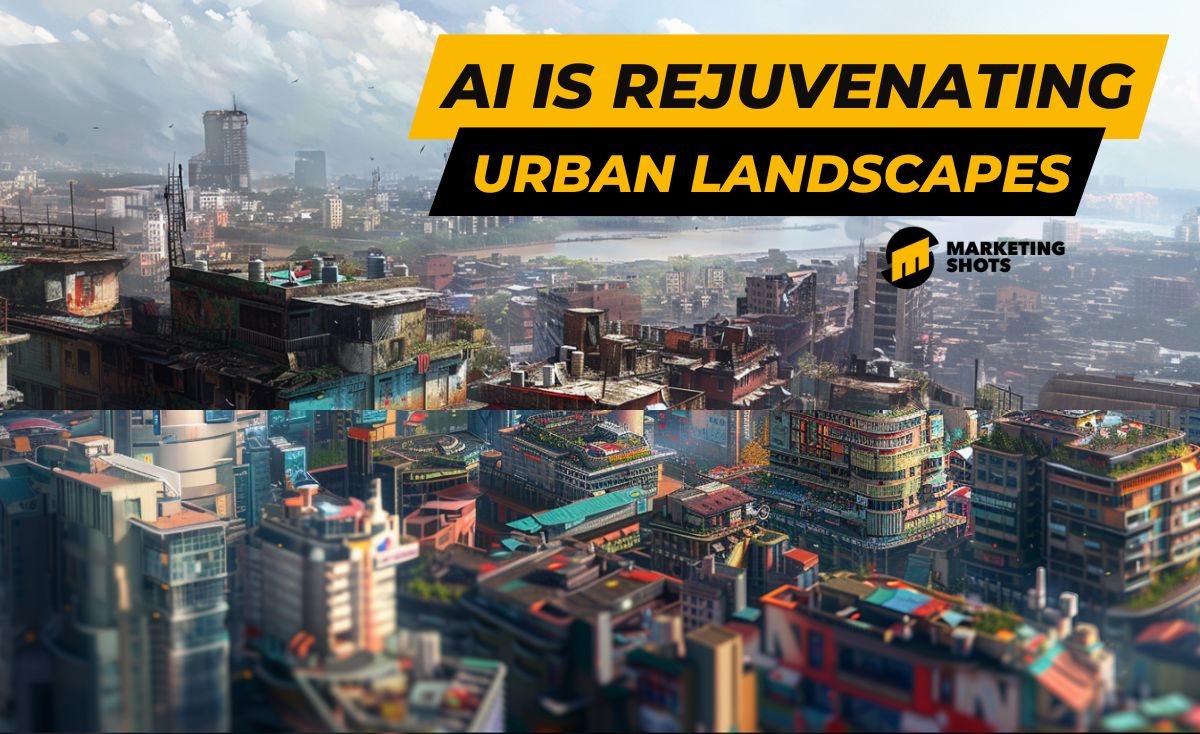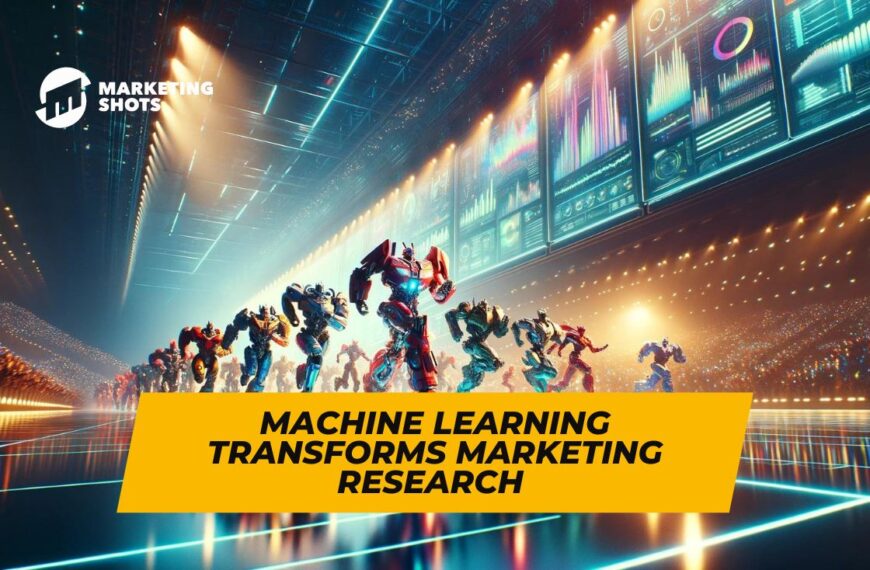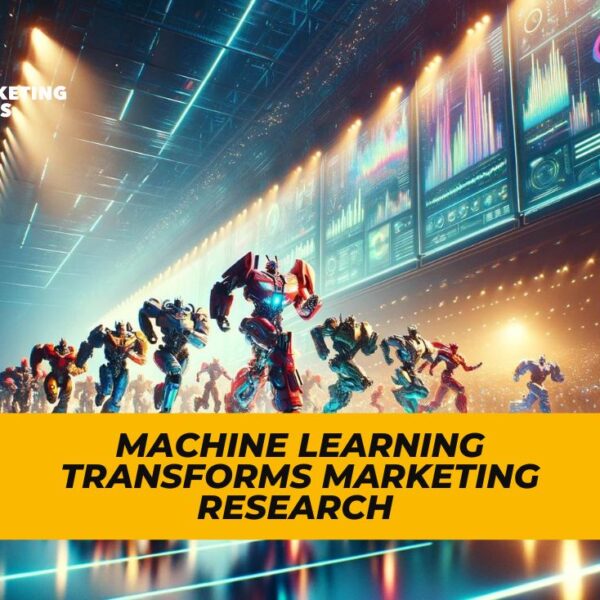Imagine a scene: Towering cranes pierce the sky, not tearing down but meticulously building anew. Under them, a once-derelict industrial site transforms into a vibrant hub, teeming with life and possibility. This isn’t science fiction; brownfield redevelopment is becoming a growing reality thanks to the transformative power of artificial intelligence or AI in urban planning supported by machine learning (ML), and data science.
For decades, brownfields—abandoned industrial or commercial areas—have languished on the fringes of cities. Environmental contamination, crumbling infrastructure, and complex social dynamics have made redevelopment headaches. Traditional urban design methods, often slow and yielding subpar outcomes, offered little hope for these forgotten spaces. But a new dawn is breaking. AI technology and ML are emerging as game-changers, breathing life back into brownfields and promising a future brimming with sustainability and inclusivity.
The UAE’s e-government initiatives leverage AI and blockchain to transform business and real estate sectors, enhancing efficiency and transparency. Incorporating “AI in Urban Planning,” these efforts streamline processes, attract investment, and drive economic growth. For more details, read the full article.
The Challenge: A Multifaceted Maze
Brownfield redevelopment presents a complex challenge akin to navigating a multifaceted maze. Imagine a bar chart, each segment a hurdle: environmental contamination (the red, tallest segment)—a legacy of past industrial practices, posing health risks and hindering construction. Ageing infrastructure (yellow)—crumbling roads, outdated utilities, and inadequate sanitation systems—creates logistical and safety concerns. Finally, the intricate social fabric of existing communities (blue)—residents with established lives, businesses, and cultural ties to the area—requires careful consideration to avoid displacement and social disruption.
For example, addressing environmental contamination in an urban planning project may involve extensive soil remediation efforts and implementing strict regulations for future development. Additionally, upgrading ageing infrastructure could include redesigning transportation systems and utilities to meet modern standards while minimising disruption to residents and businesses.
A profound understanding of the land’s characteristics and the community residing in the area is essential for effectively addressing these challenges. This is where AI tools play a crucial role by providing a sophisticated approach that traditional methods lack, bridging the gaps in addressing the challenges of brownfield redevelopment.
Data: The Seeds of Transformation
Artificial intelligence, as opposed to its rigid predecessors, can sift through vast quantities of data in search of opportunities and concealed patterns that elude human perception. AI can predict urban growth patterns, optimise land utilisation advantages, and ensure seamless integration of new constructions with the surrounding community using advanced data analysis. This information can be obtained from various sources, such as historical land-use documents, environmental sensors monitoring air and soil quality, and social media sentiment analysis identifying community concerns and objectives.
AI uses pattern recognition and data analysis to predict project costs and due dates. It can predict future expenditures and strategise consequences by identifying relationships, correlations, and patterns in past data. The AI model can also evaluate hazards and predict their impact on schedules and finances through data derived from external sources, projects, and industry trends.
This level of data-driven decision-making paves the way for more sustainable urban infrastructure and effective development strategies prioritising communities’ requirements and preferences. Integrating AI in urban planning signifies a significant shift towards a more adaptable and dynamic approach to constructing future cities.
By analysing data from traffic patterns, pedestrian movements, energy consumption, and public transportation usage, for instance, AI can improve the accessibility and efficacy of urban living. By integrating AI insights into urban planning, municipalities can create more habitable spaces that prioritize and address the varied requirements of their inhabitants, thereby augmenting their holistic standard of living.
Dharavi: A Case Study in Bloom
The Dharavi redevelopment project represents an innovative endeavour by the Adani Group, aiming to convert the most populous ghetto in Asia into a flourishing urban zone. This ambitious endeavour entails the construction of cost-free accommodation for qualified inhabitants while integrating contemporary amenities to enhance the quality of life. This redevelopment initiative, which was first suggested in 2004 and recently gained momentum, signifies a substantial advancement in urban renewal. It tackles the intricate dilemma of revitalising a densely populated area with varied requirements while balancing economic, environmental, and social factors.
Data Collection
Conventional data acquisition techniques would face a formidable challenge in Dharavi’s intricate, winding streets, home to about one million people. In this regard, AI excels. The region is meticulously mapped using powerful image recognition software and drones (when permitted), which produce a digital counterpart that is extremely detailed of the existing structures and infrastructure. However, AI’s brilliance transcends technological solutions. AI integrates seamlessly with conventional methods in regions where drone operations are prohibited. With AI’s analytical prowess, mobile survey applications collect extensive data encompassing infrastructure evaluations, urban environment and occupancy trends, and resident interviews concerning their aspirations and requirements.
Data Analysis and Inference
After data collection, artificial intelligence demonstrates exceptional proficiency in determining redevelopment criteria and landscape design. Consider a multifaceted equation in which the variables represent environmental, economic, and social factors. AI considers these factors to recommend redevelopment strategies prioritising sustainable urban and economic growth. For planners, these models function similarly to crystal balls, enabling decision-makers to envisage the long-term consequences of their choices by simulating various scenarios. AI could, for instance, recommend redeveloping a brownfield into a mixed-use space featuring solar panels for energy production and green roofs that absorb rainfall and filter pollutants. By establishing on-site businesses, this initiative mitigates environmental issues, generates fresh housing prospects, and has the potential to stimulate a flourishing local economy.
Experts Speak, AI in Urban Planning
Dr. Anika Mehta, an urban planning expert, notes, “The integration of AI in urban planning in projects like Dharavi’s redevelopment is not just about physical transformation. It’s about leveraging data to make informed decisions that respect such historic communities’ social fabric and economic vitality.”
Tech Innovator and SmartCities Solutions Expert Rajesh Kumar adds, “AI and ML are the game-changers for urban redevelopment. They allow us to sustainably predict and plan for future growth, ensuring that public spaces are economically viable, socially inclusive, and environmentally responsible.”
The UAE’s e-government initiatives leverage AI and blockchain to transform business and real estate sectors, enhancing efficiency and transparency. These efforts streamline processes, attract investment, and drive economic growth. For more details, read the full article here.
Navigating the Complexities: Beyond the Big Data
Brownfield redevelopment isn’t just about data but navigating a complex political and economic landscape. Public opinion and regulatory environments, which can either help or hinder the progress of brownfield redevelopment efforts, can significantly impact a project’s success. Sentiment analysis and predictive modelling tools powered by AI provide invaluable insights, allowing developers to tailor their plans to resonate with community aspirations and navigate the intricacies of political and economic frameworks. For example, AI can analyse social media posts and local news coverage to identify potential areas of public concern and suggest strategies to address them proactively.
Chatbot applications in construction planning and implementation procedures enhance stakeholder engagement. For instance, chatbot tools can retrieve essential documents such as engineering codes of practice. AI supports data-driven communication with all the stakeholders involved in brownfield activities. It enhances the analysis and interpretation of large amounts of data, including operational data, community feedback, and environmental data.
While AI tools provide valuable insights, they cannot replace the essential roles of human understanding and relationships in navigating complex political and economic landscapes effectively. Developers must engage with stakeholders and decision-makers to build trust and ensure successful redevelopment projects. A counterexample is a redevelopment project where AI algorithms were used without consulting or involving the local community, leading to backlash, delays, cost overruns, and project failure.
Building the Future, Brick by Virtual Brick
AI-powered generative design tools are revolutionising the design and execution of buildings, enhancing energy efficiency, space utilisation, and aesthetics. These tools create structures that harmonise with their surroundings, maximising energy efficiency and aesthetics. Green facades absorb air pollution, providing natural insulation, and rooftops have community gardens or solar panels. AI-powered information and communication technology (ICT) solutions ensure these projects are intelligent and sustainable. As AI reshapes cities, we must embark on a journey together, leading the transformation and sharing visions for the future of urban landscapes.
Psychological ownership is necessary for the developer and community to jointly own the renovation. The residents mustn’t perceive any displacement from their houses. Artificial intelligence can foster a sense of emotional connection between the developer and the residents.






